When future historians look back at 2020, they will see more than the pandemic and lockdowns. This year will mark the moment that the world made the decisive shift to digital in many aspects of everyday life.
For example, online shopping has seen a massive boom during COVID-19. In September 2020, US e-commerce sales jumped 43%. No industry or sector has been untouched, and that includes the diamond industry.
According to Rapaport, in the three months leading up to July 31, Tiffany & Co saw a 123% rise in e-commerce sales, while Signet Jewelers online sales grew by 72% for the quarter ending August 1.
What will the diamond industry look like after COVID-19? According to Sarine CEO David Block, it’s all about consumer demand. People who love to buy diamonds are the ones who will dictate how and when the market bounces back. At the moment, South – East Asia is gaining ground and sales are improving. Meanwhile, all eyes are on the US holiday season, and only time will tell.
Sarine’s CEO recently discussed all this and more in a panel discussion hosted by The New Jeweller International Media Group, focusing on Technology Grading & Education: A New Paradigm.
Watch now:
Here are some of the highlights, from rough planning to diamond storytelling to consumer preferences, and how technology and AI are making a difference:
Tech Throughout the Diamond Pipeline
Technology in the diamond industry is not new; it has always played a significant role in the mine-to-consumer pipeline. Amid a global pandemic, however, the need for digital tech-based solutions has become crystal clear.
For example, Block mentions the digital rough trading platform launched by Alrosa with Sarine in October 2019. During the pandemic, when in-person rough trading was not possible, the digital platform saw a massive uptick in use. Just as meetings and business trips moved to virtual Zoom calls, so the ability to move to digital technology has been incredibly beneficial to the diamond industry.
There is plenty of room to use technology to further boost the diamond pipeline. In the B2B realm, it can create a more effective supply chain, which helps producers become more efficient and better serve consumers. On the consumer level, there is no question that COVID-19 has altered buying behavior in a fundamental way, and the future effects remain to be seen.
An example of a gamechanger is Sarine’s partnership with Verto, developers of an imaging app that enables retailers to take accurate 3D images of jewelry pieces directly on their smartphones. Consumers today expect and demand to be able to view and even try on jewelry without entering a store. Retailers must be able to provide those experiences, and it is only through sophisticated AI technology that they can do so.
AI Grading – The New Normal?
A critical area for the AI technology revolution is diamond grading. Over the past 50+ years, grading has been a manual process, with significant disadvantages.
According to Sarine CEO David Block, manual grading is deterministic, meaning that the outcome depends on what the diamond grader has learned over the years. Sarine’s world-first AI grading technology (launchd in 2017) is designed to change that, with a machine-learning system that mimics the activity of a human grader yet with far more accuracy, consistency, and efficiency.
Furthermore, AI tech-based diamond grading can break out of the four walls of the gem lab, which Block foresees as the next phase in the diamond grading revolution: Sarine eGrading™ (Grading at Source). In the future, diamond grading will be conducted by the manufacturer, the retailer, and even the consumer – wherever they are located.
The ability to grade at the source, rather than relying on the services of an outside lab, eliminates the need to ship diamonds back and forth and cuts back on associated expenses, such as insurance. This will significantly reduce pipeline costs and save time. All these benefits – coupled with the consistency and accuracy – will drive a dramatic shift from manual grading to automated grading, which Block predicts will occur in the next few years.
Setting the Standards
When grading moves outside of the lab walls, data security and integrity becomes even more critical. In recent months, Sarine’s R&D team has been working intensively to develop protections against data manipulation in automated grading processes. This will ensure that diamond data is not compromised, and the reliability and trustworthiness of automated grading assured.
Another important issue for diamond grading is standardization, however, according to Block, technology cannot be the sole solution. Rather, a deep conversation must occur on an industry level to arrive at a consensus of the best and most appropriate standards.
At Sarine, the view is that technology is ripe to enable the dream of grading standardization, and once achieved, it will benefit the industry in immeasurable ways. This can be seen in Sarine’s DiaMension® cut grading technology, which was launched 30 years ago. Today, Sarine’s cut grading device can be seen on the desks of manufacturers, wholesalers, and even retailers around the world, helping to boost cut grading reliability across the board. This too needs to happen with Color and Clarity grading, but it can’t be driven by tech alone. The industry must step up and meet the challenge.
Covid -19 Forced the Diamond Industry to Adapt Tech Solutions Faster
Over the last nine months, COVID-19 has shown all players along the diamond pipeline – rough traders, manufacturers, retailers, and consumers – just how much digital solutions can support the industry. Many of these processes were already in place; the pandemic has only accelerated them even further. It is up to all of us to keep the momentum going and keep moving towards a digital, AI-based industry that can bring the most efficiency, accuracy, consistency, and authenticity for all.

.png)


-1.jpg?width=310&name=blog_image%20(003)-1.jpg)





